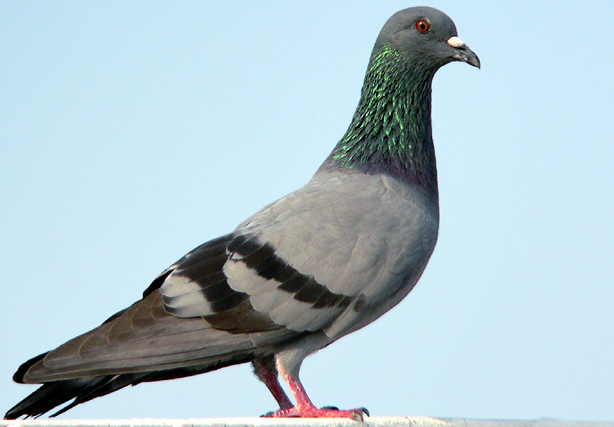घटना १: A
Shikra-like bird comes gliding by, “Arrey!
Peregrine Falcon!” Mayhem breaks out। Some ten birders with scopes, binoculars and cameras with absurdly long lenses chase the bird as it wings its way to safety. Four twenty somethings stare in astonishment at the others as they recede into the distance leaving a cloud of dust billowing in their wake. The four plonk themselves on the ground. P__ opens her backpack, digs out four Twix bars and passes them around. They munch pensively and wait for the others to return with news. Suddenly a call sounds in the distance, “
Arrey! Eurasian Sparrowhawk!” The four look up and spot the same bird flying past। Jumble of people, dust, cameras and binoculars returns and passes by.P__ looks at N___. N___ looks at N__. N___looks at S___. “Shikra,” they nod in agreement. Stuff empty wrappers in bags, get up, dust their jeans and saunter behind excited horde.
घटना २: A Shikra-like bird glides by and perches on a palm tree. Inmates of car number two (generally the last car, can also be numbers 4, 5, 6 etc.)* whip out their binocs and set about trying to identify the bird. Car number one zooms into sight, parks behind car number two and out emerge expensive cameras, binoculars and expert birders. “Arrey!
Crested Goshawk!” Disorder reigns. Bird decides to wing its way in the blue yonder and floats about a la Shikra. Cameras click away. Snap! Snap! Snap! “Check out the barring on its body!” yells somebody. Members from Car 2 munch on a few peanut laddoos, down half a bottle of Slice and open up the Field-guide. “
Eurasian Sparrow-hawk,” they murmur.
* विचार: A highly interesting state of affairs observed at birding camps. The hierarchy progresses thusly:
Car 1: The Executive/Administrative vehicle. Is usually occupied by the most solemn birders whose sole objective is to notch up the birding list and capture shots of raptors gliding in some obscure part of the horizon with their fantastic cameras. The latest news in the world of the environment and ornithology is discussed here.
Car 2: Comprises the party workers. A degree less in the feverishness that grips the first vehicle, but will ensure they overtake cars no 3 and 4 just to retain their position.
Car no 3: The Opposition: Will bird in west while the rest bird in east.
Car 4: Supplied with Biryani, loaded onto trucks and brought for birding program.:p The last vehicle in the convoy, its occupants are the small-fry to whom people rarely listen to. “Ooh! That’s an
Ultramarine flycatcher!” Expert walks by and says, “No. That is an
Ultramarine flycatcher.” Rest of the horde rejoices, "Yay! It’s an Ultramarine Flycatcher!” Apart from birding, occupants involve in various activities like eating junk-food, napping, singing, discussing interesting random topics like Politics and Sports, playing Dumb Charades and laughing at the most absurd jokes on the planet. Interested newbies may apply C/o
Last Car of Convoy.















 Peterson's famous
Peterson's famous 










